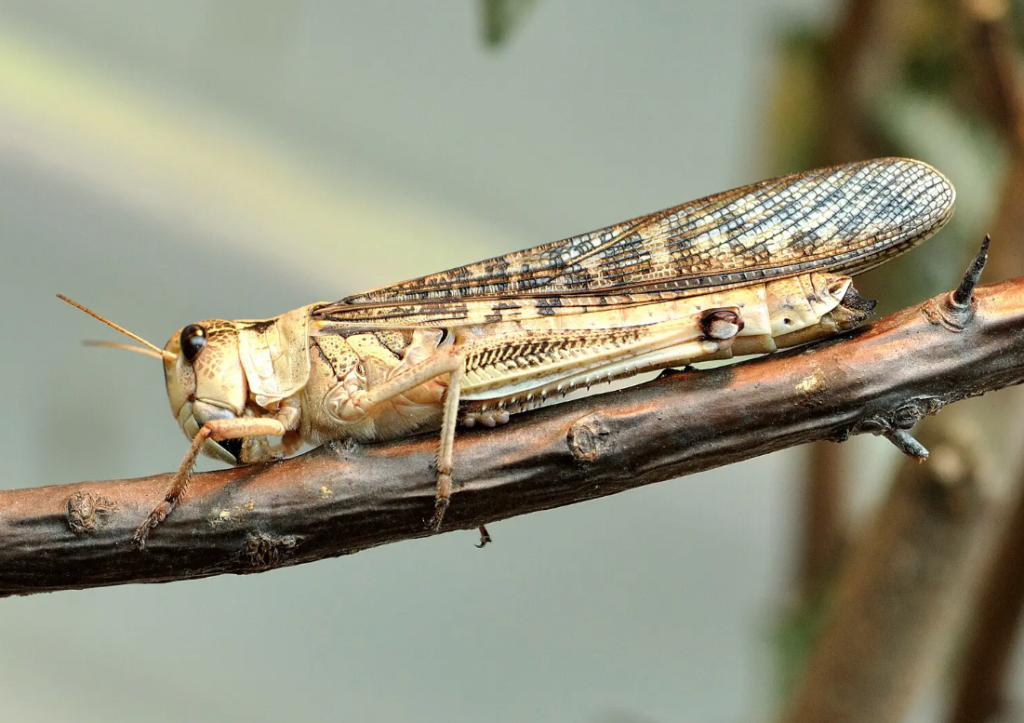Study on the link between climate and locust invasions appeared in Science Advances
(sustainabilityenvironment.com) – The locusts invasions will be “increasingly difficult to prevent and control” with the increase in global temperature. More intense winds and rainfall – driven by the climate crisis – increase the synchronization of swarms, leading to events that can seriously threaten the food security of entire countries. This is stated by a study published in Science Advances that investigates the influence of climate change on the collective behavior of locusts based on the observation of data from the last 35 years (1985-2020).
A swarm of 1 km2 collects about 80 million locusts according to FAO estimates, and can devour in a single day an amount of harvest sufficient to feed 35,000 people. The size of the swarms of locusts and the intensity of extreme climatic phenomena are “strongly linked“, with air temperature, precipitation, soil moisture and wind among the main factors of influence, explains the study. The concomitance of more such events further reinforces the risk of particularly impactful locust invasions.
How do locust invasions change with climate change
A circumstance, the latter, which has already affected 1/5 of the countries considered traditionally high risk. And that will expand with a warmer climate in the coming decades. According to the study, current hotspots such as the African Transition Zone, Northwest Africa, the Horn of Africa, the Middle East and the Indo-Pakistani area “will remain high risk in the period 2065-2100, even if future carbon emissions will be substantially reduced“.
In addition, the increase in global temperatures will favour the extension of the range of locusts. Up to 13-25% in an emissive scenario that foresees a continuous presence of fossil fuels in the global energy mix. Leading to an expansion of high-risk countries, especially in Central and Western Asia. Reinforcing a trend already evident from historical data. In the period 1985-2002, synchronized attacks of locust swarms affected only 9.4% of the studied area, but expanded to 14.7% in the period 2003-2020, increasing by over 35%.

